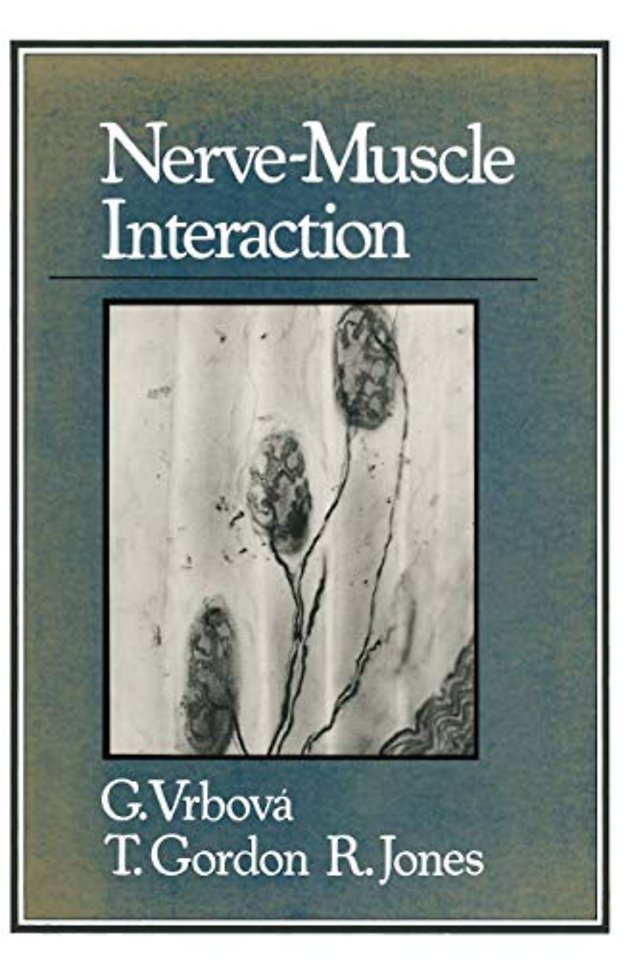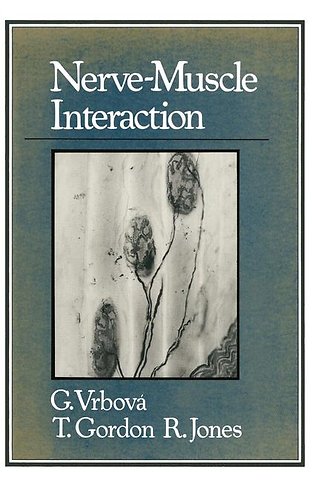1 Early muscle development.- 1.1 Early stages of muscle fibre development.- 1.2 Lack of specialization of myotubes.- 1.3 The dependance of the structural integrity of the developing muscle fibres on innervation.- 2 Development of the motor nerves and their encounter with muscle fibres.- 2.1 Origin of motor nerve fibres and their growth into the periphery.- 2.2 Development of nerves and muscles and their interdependence.- 2.2.1 Development of muscle and its dependence on innervation.- 2.2.2 Development of nerves and their dependence on their end organs.- 2.3 Development of stable nerve-muscle connections.- 2.4 Are nerve-muscle connections specified?.- 2.5 Conclusions.- 3 Development of the neuromuscular junction.- 3.1 Distribution of ACh receptors during early development.- 3.2 Stabilization of chemosensitivity at the neuromuscular junction.- 3.3 Development of the subneural apparatus.- 3.4 Formation of stable nerve-muscle connections.- 3.5 Changes of chemosensitivity outside the endplate.- 3.6 Maintenance of endplate chemosensitivity.- 3.7 Pattern of innervation of muscle fibres.- 3.8 Conclusions.- 4 Differentiation of skeletal muscle fibres.- 4.1 The muscles of lower vertebrates and birds.- 4.1.1 Pattern of innervation.- 4.1.2 Sensitivity to ACh.- 4.1.3 Membrane properties.- 4.1.4 Contractile properties.- 4.1.5 Morphology in relation to function.- 4.1.6 Metabolic differentiation.- 4.1.7 How are tonic and phasic muscle fibres used?.- 4.2 Mammalian muscles.- 4.2.1 Sensitivity to ACh.- 4.2.2 Membrane properties.- 4.2.3 Mechanical properties and contractile proteins.- 4.2.4 Morphology.- 4.2.5 Histochemistry and function.- 4.3 How is differentiation into different fibre types induced?.- 4.4 Conclusions.- 5 The effects of denervation on muscle fibre properties and the regulation of chemosensitivity.- 5.1 Morphological changes following denervation.- 5.2 Metabolic changes in denervated muscles.- 5.3 Changes in contractile properties of denervated muscle.- 5.4 Changes in electrical properties of the membrane on denervation.- 5.4.1 Changes in ACh sensitivity on denervation.- 5.4.2 Inactivity as a possible cause of denervation hypersensitivity.- 5.4.3 Other factors affecting muscle membrane chemosensitivity.- 5.4.4 Origin of extrajunctional ACh receptors following denervation or muscle injury.- 5.5 Changes of chemosensitivity at the endplate.- 5.6 Conclusions.- 6 Re-innervation of the muscle by its motor nerve.- 6.1 Nerve growth.- 6.2 Establishment of nerve-muscle connections by the regenerating nerve fibre.- 6.3 Maturation of the regenerated axon and recovery of the muscle.- 6.4 Effects of muscle on normal and regenerating motor nerve terminals.- 6.5 Conclusion.- 7 The mammalian motor unit.- 7.1 Specialization of motoneurones.- 7.1.1 Differential recruitment of motor units during particular types of movement.- 7.2 Matching properties of different motoneurones to the muscle fibres they supply.- 7.3 Specialization of the vascular bed of slow and fast mammalian muscles.- 7.4 How is the matching of muscle fibres to their motoneurones brought about?.- 7.5 Development of the motor unit.- 7.6 Conclusions.- 8 Plasticity in the neuromuscular system.- 8.1 Can different skeletal muscle fibres be transformed from one type to another?.- 8.1.1 Contractile and membrane properties.- 8.1.2 Neuromuscular junction.- 8.2 Can the characteristic properties of neurones and their terminals be altered?.- 8.3 Specificity of nerve-muscle connections.- 8.3.1 Specificity of nerve-muscle connections in mammals.- 8.3.2 Specificity of nerve-muscle connections in lower vertebrates and birds.- 8.4 Conclusions.- 9 Some examples of disturbances of nerve-muscle interactions.- 9.1 Disturbances caused by a change in the function of the motoneurone.- 9.2 Consequences of disease of the motoneurone, or axon.- 9.3 Disturbance due to disease of the neuromuscular junction.- 9.4 Disease of the muscle.- 9.4.1 Disease of the muscle fibre membrane.- 9.4.2 Disease of the muscle fibre itself.- 9.5 Retrograde influences on the motoneurone.- References.

